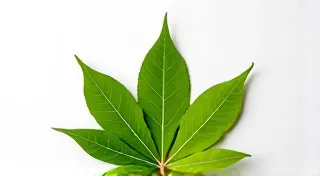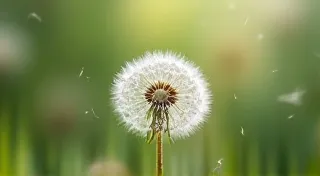The Loom's Legacy: How Regional Weaving Shapes Community Identity
The rhythmic clack of the loom, a sound as ancient as the hills themselves, isn’t merely the creation of fabric. It’s the heartbeat of a community, a whispered history passed down through generations. Weaving, in its myriad forms, transcends the simple act of interlacing threads; it’s a profound expression of regional identity, a tangible link to ancestry, and a vital force in shaping a sense of belonging. This is the legacy of the loom, a story woven into the very soul of regional cultures worldwide.
My grandmother, Elsie, wasn't a formally trained weaver. She didn’t study textiles at a prestigious academy. She simply *knew* how to weave. It was in her blood, inherited from her mother, and her mother before her. I remember as a child, sitting at her feet in the dusty attic, mesmerized by the graceful dance of her hands as she transformed raw wool into vibrant rugs depicting scenes of the Scottish Highlands - heather-clad hills, leaping deer, the swirling mists that clung to the lochs. The aroma of lanolin and dye-soaked wool is a scent forever etched in my memory, a fragrant portal back to those cherished moments. It wasn't just about creating a beautiful object; it was about carrying on a tradition, a silent promise to keep the stories alive.
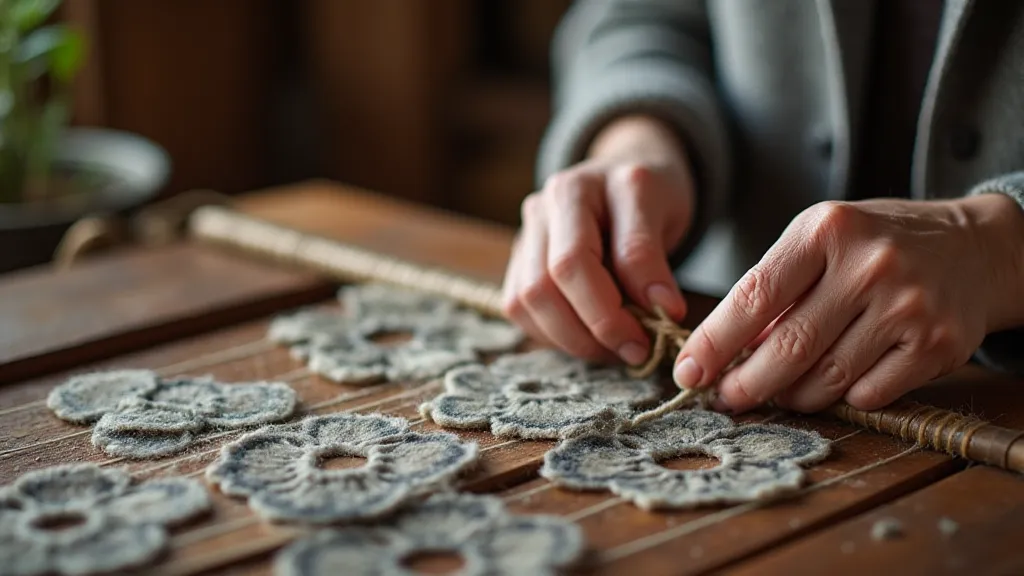
Threads of History: Regional Weaving Patterns
Across the globe, regional weaving patterns tell unique stories. In the Andean highlands of Peru, for instance, intricate geometric designs passed down through centuries reflect the cosmology and agricultural practices of indigenous communities. The vibrant colors aren’t merely aesthetic choices; they symbolize elements of nature – the red of the earth, the blue of the sky, the green of the growing crops. These designs aren't simply pretty; they're visual narratives, a living record of cultural beliefs and historical events.
Consider the Kantha quilts of West Bengal, India. Born from necessity, these quilts are created from layers of old, discarded saris, stitched together with a simple running stitch. What began as a resourceful way to reuse fabric has evolved into a distinctive art form. The designs, often depicting scenes of village life, animals, and mythical creatures, are not meticulously planned; they emerge organically from the weaver's imagination, resulting in unique and beautifully imperfect creations. The very act of repurposing materials speaks to a deep respect for resources and a pragmatic approach to life—values central to the region’s cultural identity.
In Japan, the tradition of Shibori dyeing, often used in conjunction with weaving, elevates textiles to an almost spiritual level. The precise techniques, involving folding, clamping, stitching, and binding fabrics before dyeing, result in breathtaking patterns that seem to defy logic. These patterns are not just decorations; they are manifestations of a profound respect for nature and a dedication to achieving perfection through meticulous craftsmanship.
The Craftsmanship Within: More Than Just Skill
The skill of regional weaving isn't merely about technical proficiency. It's about a deeper understanding of the materials, a connection to the land, and a reverence for the traditions passed down through generations. The best weavers aren’t just manipulating threads; they’re channeling the spirit of their ancestors. They understand the properties of the wool, the way the dyes interact with the fibers, the subtle nuances of tension that contribute to the final product's integrity.
The tools themselves – the hand-built looms, the naturally derived dyes – are often as significant as the finished textile. The familiarity with these tools, the way a weaver instinctively knows how to adjust them to achieve a desired effect, speaks volumes about the depth of their connection to the craft. It’s a relationship built on years of practice, observation, and a deep respect for the processes involved. The imperfections that sometimes appear—a slight variation in color, a subtly uneven weave—aren't flaws; they are marks of authenticity, testament to the human hand at work.
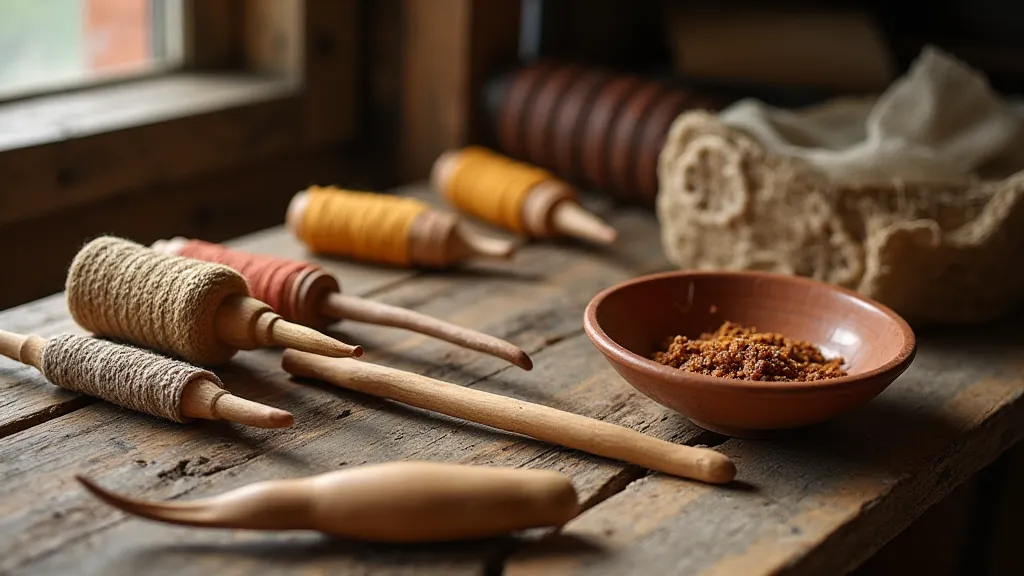
Preserving the Legacy: Restoration and Collecting
As the world becomes increasingly globalized, there's a growing awareness of the importance of preserving these regional weaving traditions. While industrial production can churn out fabrics quickly and cheaply, it often lacks the soul and authenticity that characterize handcrafted textiles. Fortunately, there’s a resurgence of interest in these traditional techniques, with younger generations eager to learn from the masters and carry on the legacy.
For those interested in collecting regional weaving, it’s important to understand the historical context and cultural significance of each piece. Condition is, of course, a factor, but true value lies in the story the textile tells. Subtle repairs or signs of age can actually *add* to a piece’s character, demonstrating its journey through time. Restoration, when approached with sensitivity and respect for the original materials and techniques, can help to preserve these treasures for future generations.
Restoring antique textiles requires patience, a keen eye for detail, and a deep understanding of natural fibers and dyes. Recreating the original colors and textures can be challenging, but the reward – the preservation of a piece of cultural heritage – is immeasurable. The process often involves careful cleaning, mending delicate areas, and re-weaving damaged sections. It’s a labor of love, a way of honoring the skill and artistry of the original weaver.
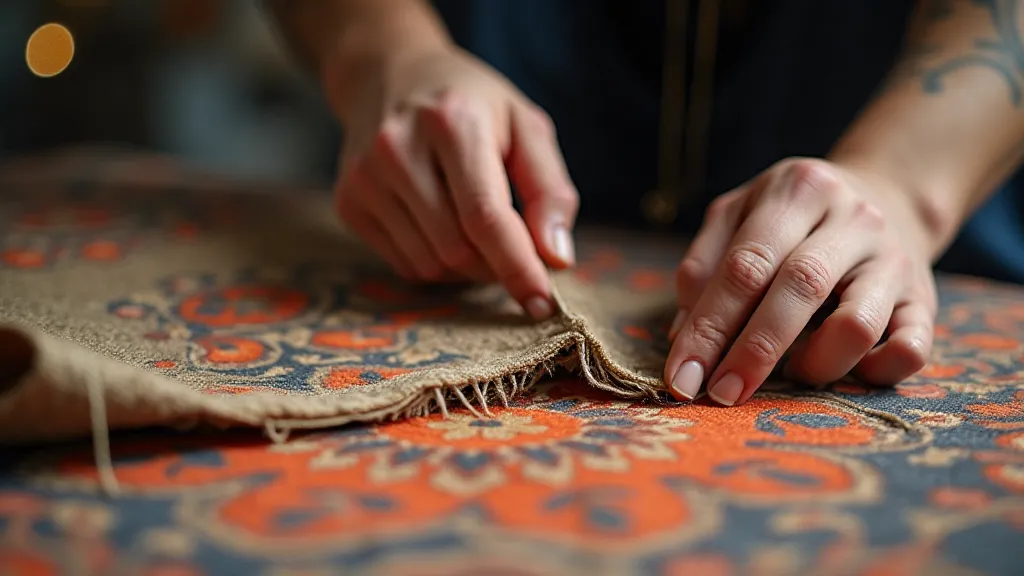
A Tapestry of Belonging
The loom’s legacy extends far beyond the creation of beautiful fabrics. It’s a powerful symbol of community identity, a tangible link to our ancestors, and a vibrant expression of cultural heritage. The rhythmic clack of the loom isn’t just a sound; it’s a song of belonging, a testament to the enduring power of craftsmanship, and a reminder of the rich tapestry of human experience. As long as there are those willing to learn, to create, and to preserve these traditions, the loom’s legacy will continue to resonate for generations to come.
